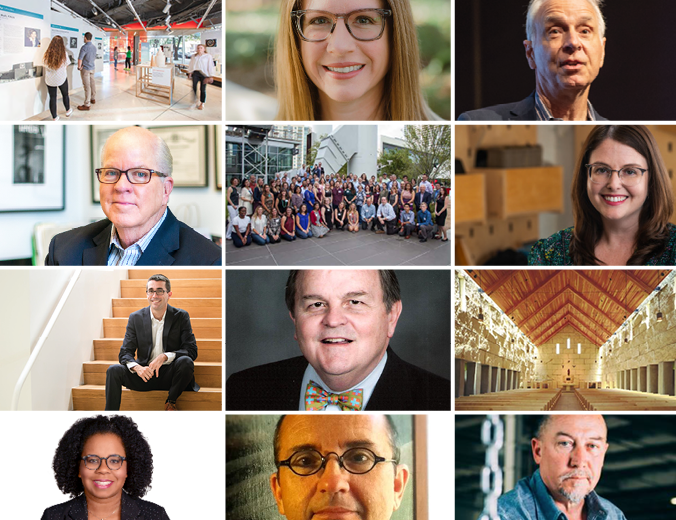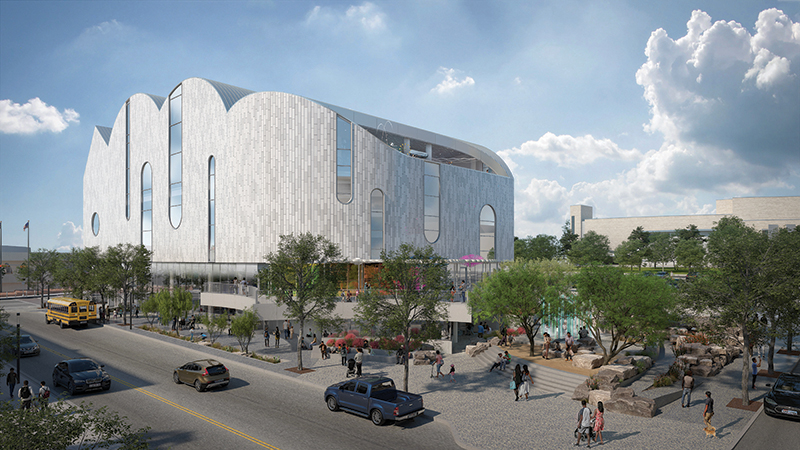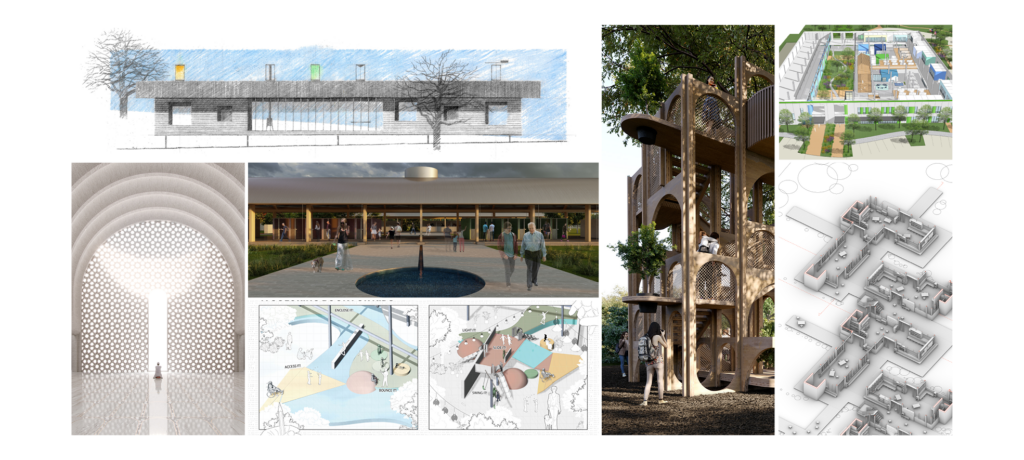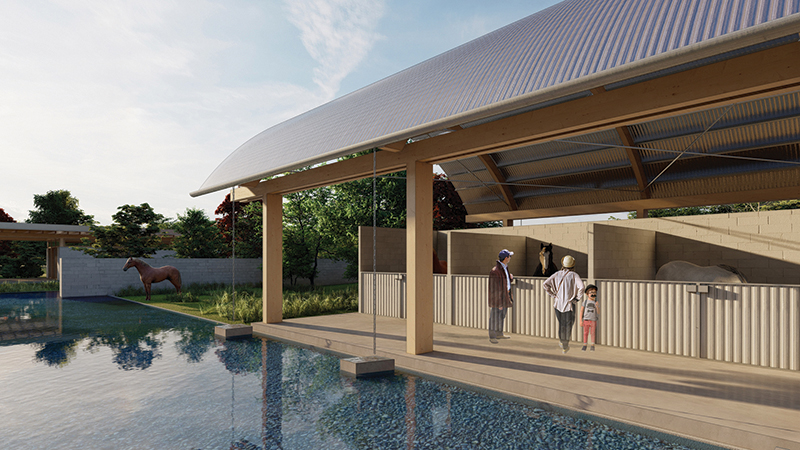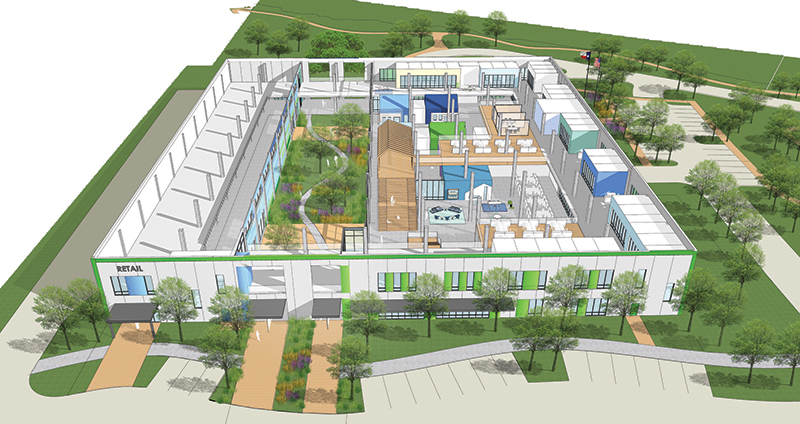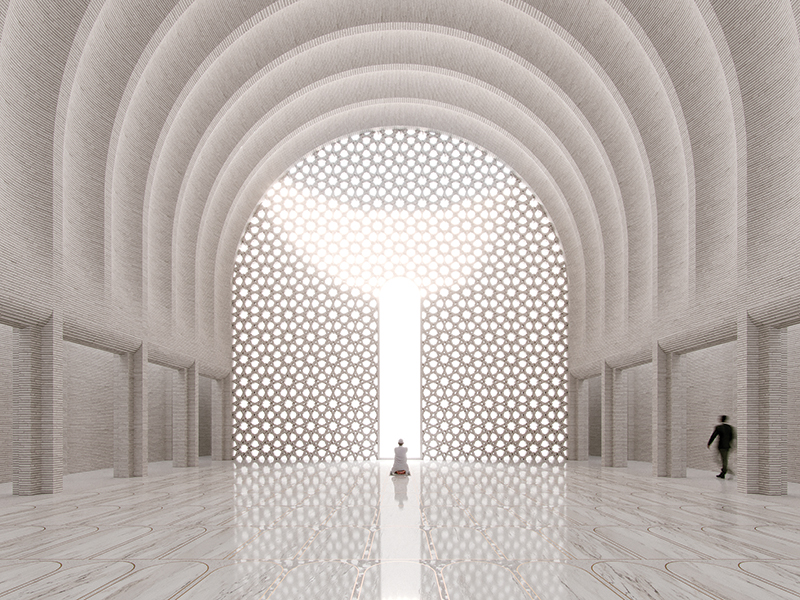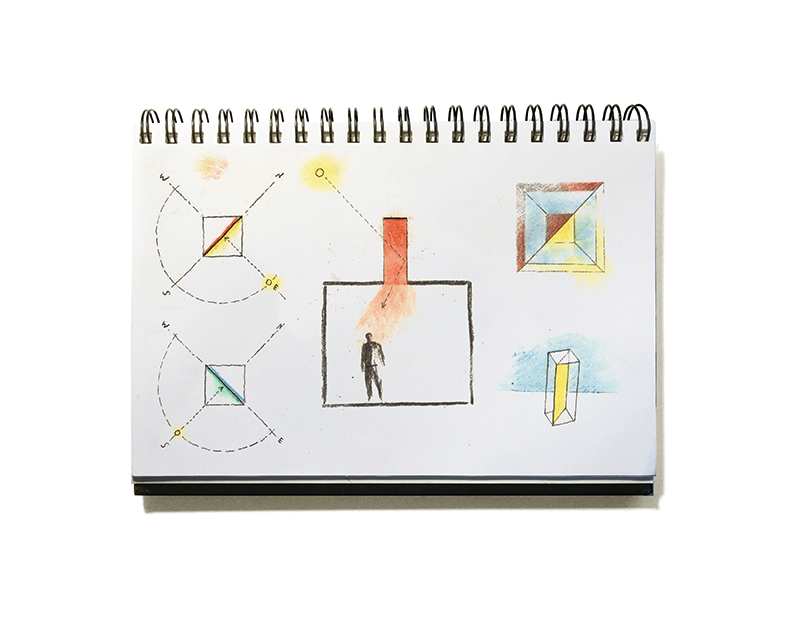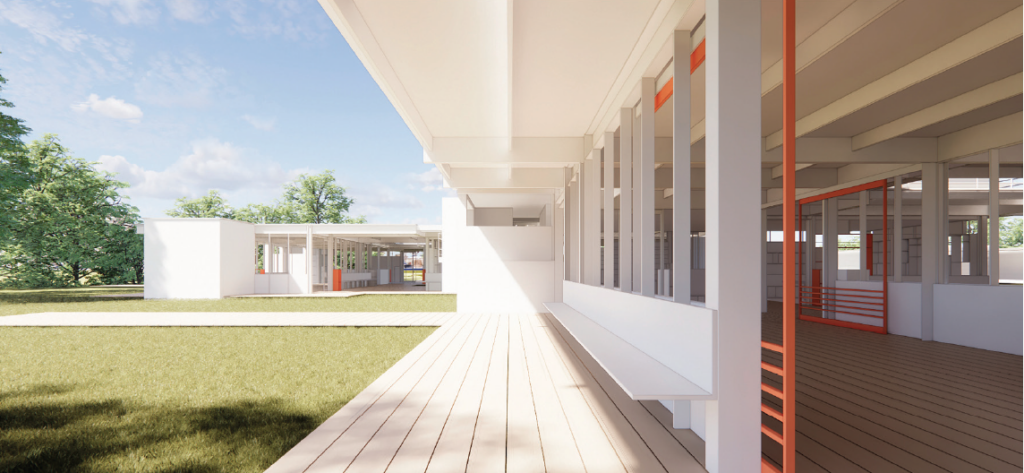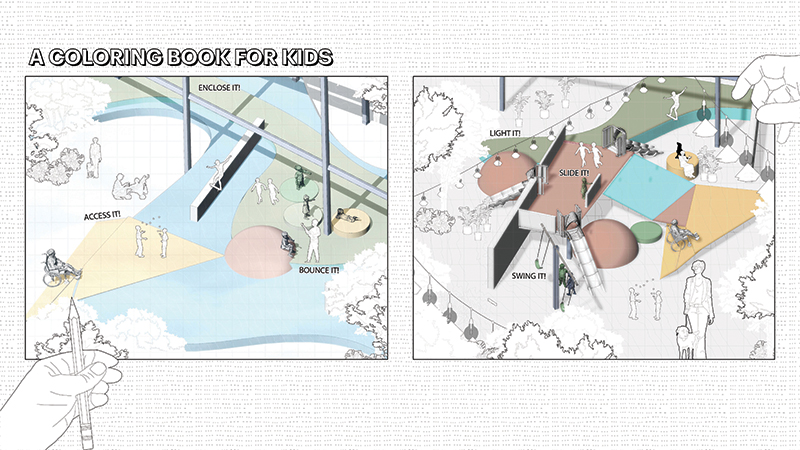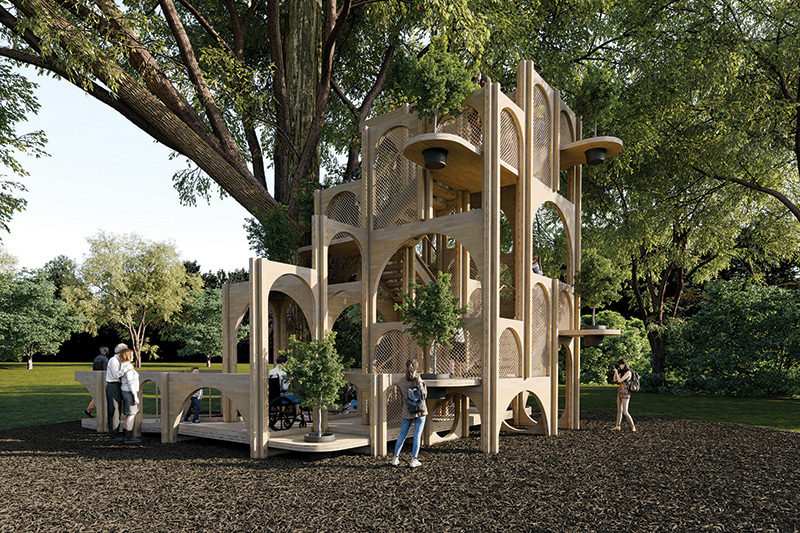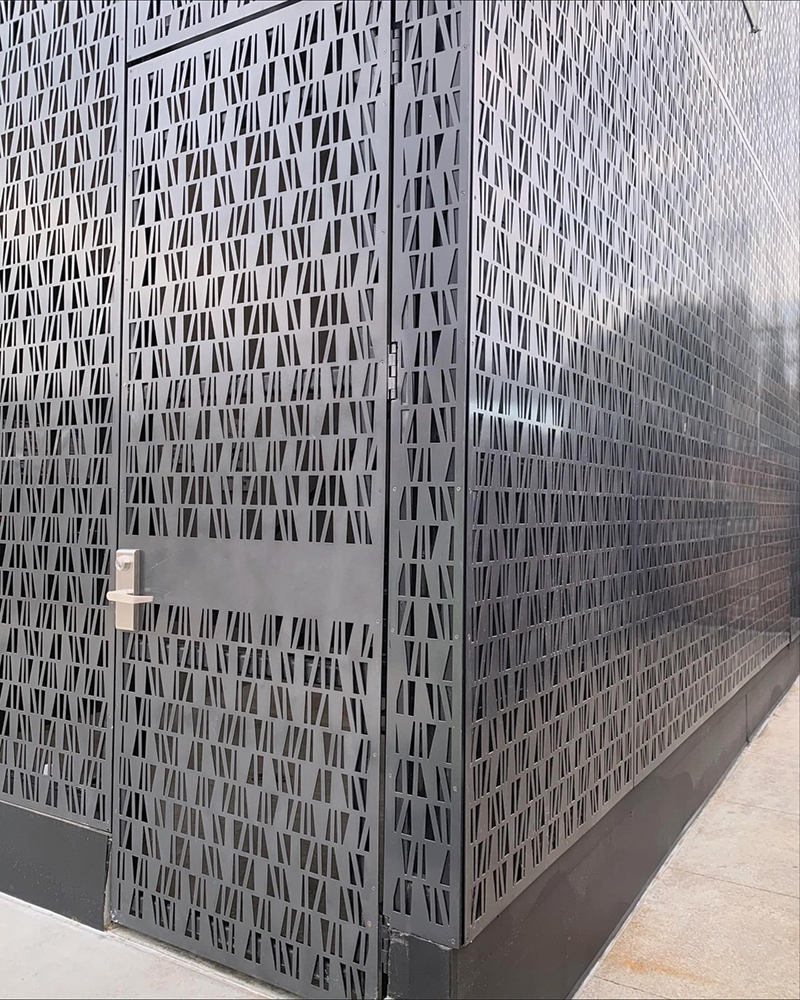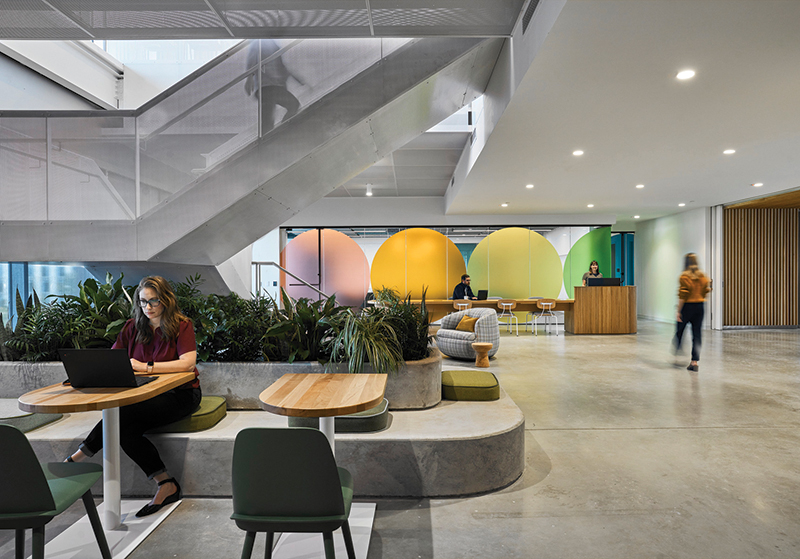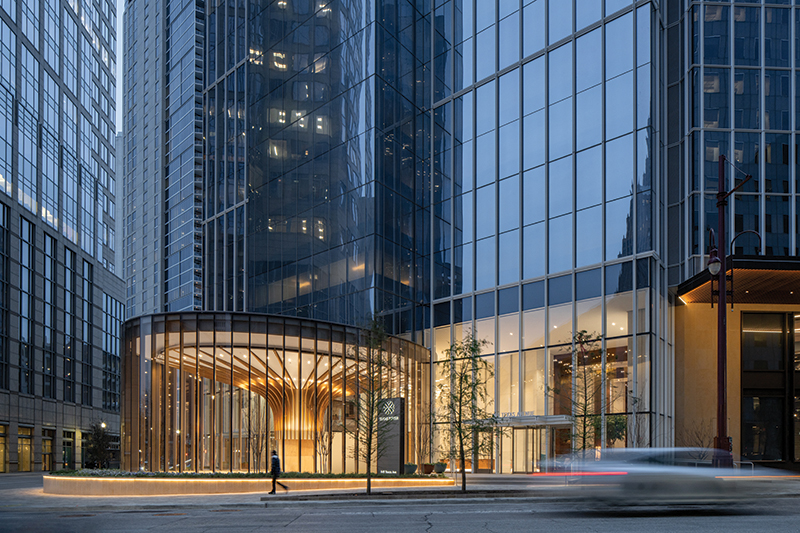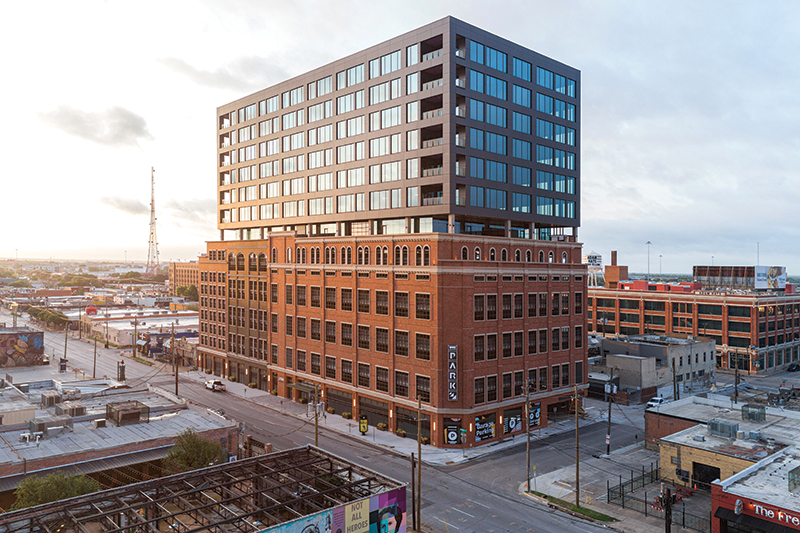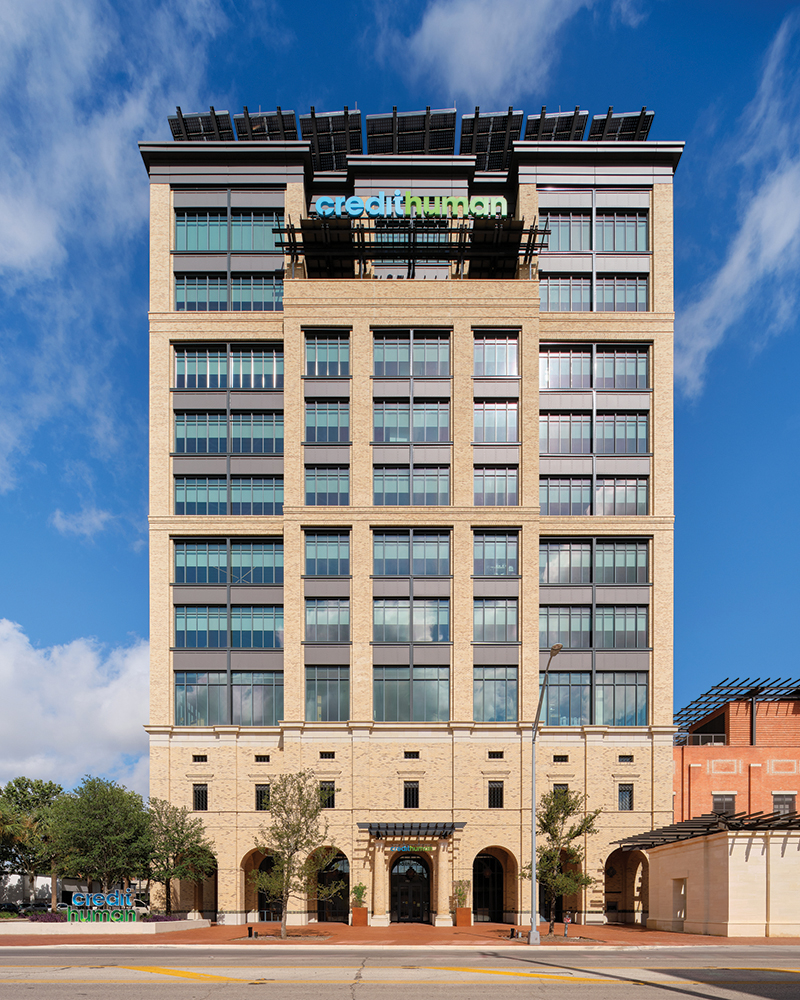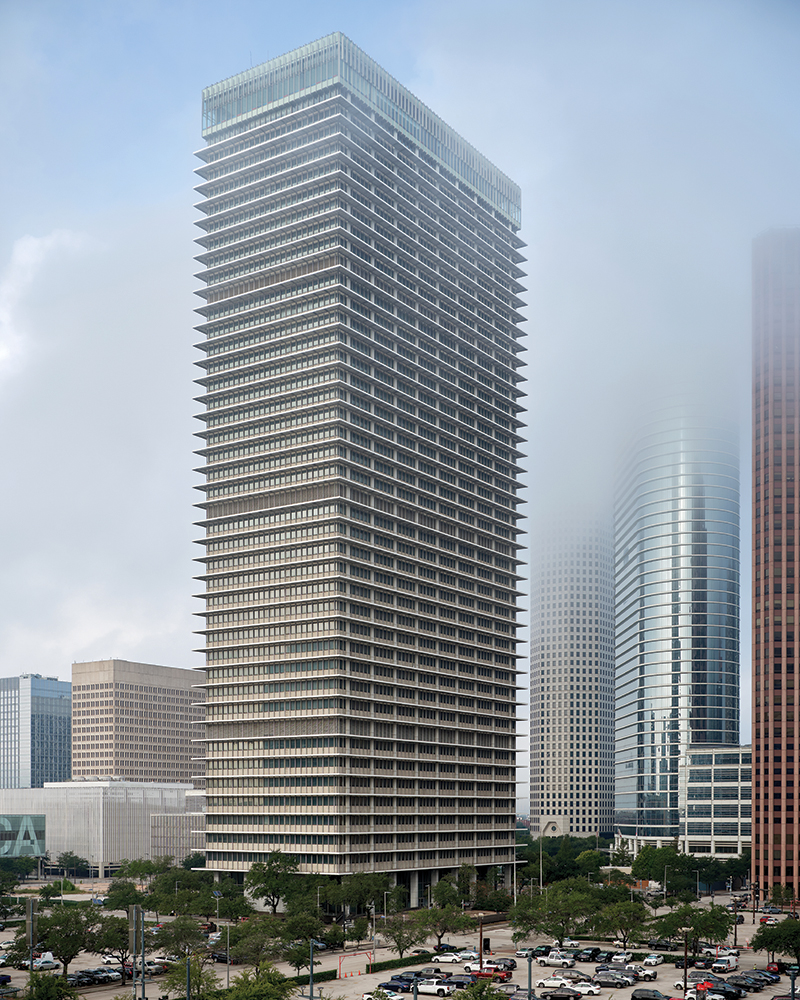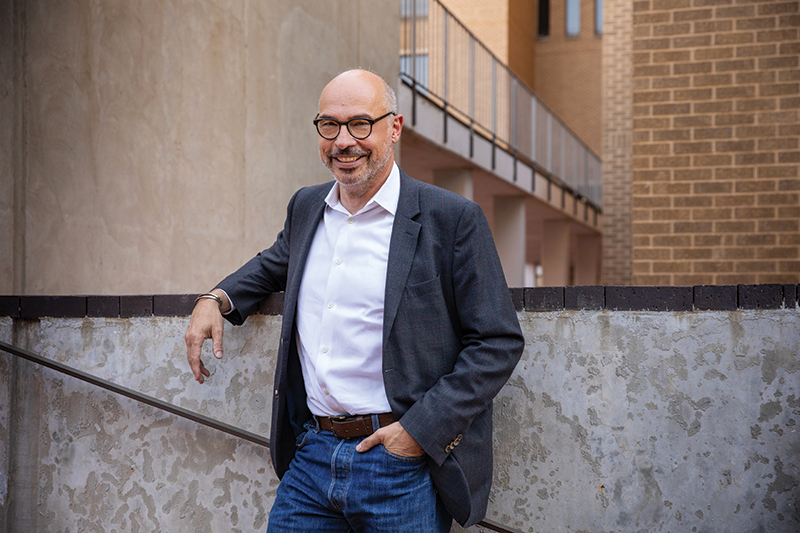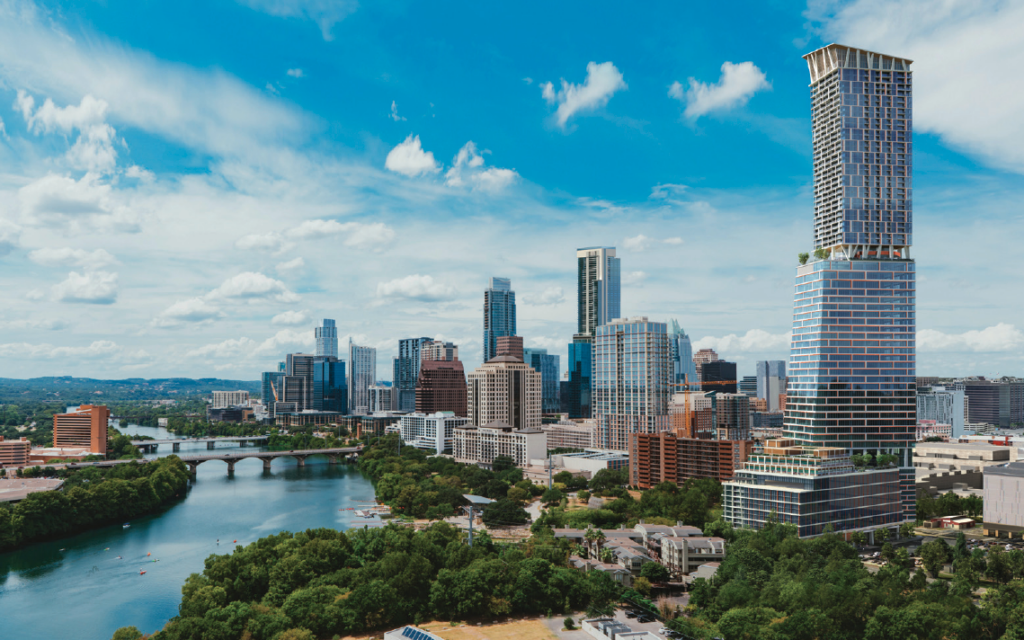
Q&A with Urs Peter “Upe” Flueckiger
Swiss-American Urs Peter “Upe” Flueckiger was born in Herzogenbuchsee, Switzerland. He is a full professor and currently serves as the dean of the College of Architecture at Texas Tech University in Lubbock, where he also maintains his architectural practice. Prior to 1998, he worked for several architectural firms, including the office of Mario Botta in Lugano, Switzerland, and the office of David Rockwell (Rockwellgroup) in New York City. His design and research interests are economical ecological housing, minimalism in architecture, design-build, and modernism in the 20th century to the present. He is the author of the book “Donald Judd: Architecture in Marfa, Texas.”
Matt Garcia graduated from Texas Tech University in 2005. While there, he served as a graduate teaching assistant for Flueckiger’s Design Environment and Society course and also assisted on Flueckiger’s personal home in Lubbock and his research of Donald Judd’s architectural work in Marfa. Garcia now leads a small residential design studio, Matt Garcia Design, in Austin.
This interview has been edited for clarity and length.
Matt Garcia: Upe, if my math and memory are correct, you started at Texas Tech in 1998.
Upe Flueckiger: (laughing) Fall 1998 — that’s correct!
MG: So you’ve been there 24 years — that is a real commitment not only to Texas Tech University but also to the city of Lubbock and to West Texas. Are you still finding the same inspirations that you did when you got there in ’98?
UF: So interesting, and a good question, Matt. Thank you for the opportunity to talk to you and to the readers of Texas Architect. It’s appreciated very much!
I would say yes and no. The world was very different two dozen years ago. What I had in my pockets coming to Lubbock then was an international background. Working in Europe [for 12 years] and in New York City for two years — educated on both continents and especially coming from New York City — there was a certain international quality you brought with yourself.
The last two dozen years, I’ve had an opportunity to get high-quality work in West Texas and embrace this landscape that not everybody may be naturally interested in. But to me, I saw this as an inspiration, and I would say that flame of the fire of architecture hasn’t died in me. It is as bright as ever, and I see even more opportunities. Maybe because we are in this special landscape we might actually be more sensitive to it. I think the students of the [TTU] College of Architecture can become leaders in this area — critical thinkers of the environment, ecology, and sustainability.
MG: In your new role, how do you collaborate with current and new faculty to bring a cohesive vision to the College of Architecture? What is the common thread you want your faculty to be well versed in?
UF: For me, in my role as dean, my goal is to spotlight the faculty. Facilitating opportunities for new faculty is really rewarding — that also goes for the staff. I believe we can still be leaders in technology, which Texas Tech has always been known for, but also become leaders in sustainability. I also want to bring an optimistic culture to the College of Architecture for faculty, students, and staff, and that means you’re representing them but also opening doors for them and making sure that we can grow together. Then we can become leaders in the 21st century.
As a whole, we are focusing on the building. This is our central mission. It is important that we have a balance of diverse minds both academically and professionally in the college. We are a school that is always focused intellectually and technically around the building, and now, I believe, we can become leaders in how we make these buildings. That is how I see the school moving forward in the next five years.
I’d like to have a shared governance with the faculty in building our community. It places a big responsibility on them. If we make a search for a new faculty hire and they give their feedback, I take that very seriously. It’s important to bring transparency back into that process. I’d like for everybody to love to come to work at Tech, for the students to study here, and for the staff to want to be part of this experiment of architecture. I hope I can create that culture for everyone — whether it is the receptionist, who is a part-time student, or the dean.
MG: What is your vision for teaching students how to make confident decisions in their schoolwork as well as when they enter professional practice?
UF: Critical thinking comes first. We are educating our students here at Texas Tech to be able to assess a situation critically and make an informed decision. That decision based in critical thinking still occurs within the individual. If we can foster that — if we can foster collaboration among ourselves and multiple departments, especially in this landscape — that would really be where my vision lies.
Technology was always part of Texas Tech, but if we give the students critical-thinking skills to make decisions and not be dogmatic about it, that’s when we reach a better level of performance. That’s what I want our students to leave with, that self-confidence that they can critically tackle any challenge — graduates that not only go work for other architects but become leaders, like yourself and others out there, of firms. It’s important that we have aspirations in the world. There is a higher ambition now within Texas Tech University, especially with it becoming an R1 (Tier 1) institution, that these students can become leaders in the world.
MG: The El Paso program has become such an interesting part of the college the last few years. Its location and student diversity are so unique. How do you continue to develop and grow the El Paso program and create community between both campuses?
UF: The El Paso program is an integral part of who we are. It was the idea of [Professor] Mike Peters and was then launched under Andy Vernooy. It is fundamental for us because El Paso is the 23rd largest city in the U.S., with 680,000 people — and 2.8 million more to the south — so we in Lubbock share a lot with El Paso, climate-wise. I am trying to have our graduate students focus on that border environment. We’re the only architecture program that is literally on the border. That uniqueness positions us nationally and internationally. There is also the urban aspect of what our graduate students can learn there. I’d like to have a strong collaboration and grow the program because it’s important for our students to understand the urban fabric of a city larger than Lubbock. El Paso offers that to Texas Tech.
I also have a vision to expand program offerings into Central America because that’s part of our border identity. A little over 40 percent of our students are Hispanic, so it’s important for me that we engage with that part of the world.
MG: We are relatively fresh out of the pandemic and a couple of semesters in, with students coming back to classes and the studio in person. What are the take-aways from that time with online video learning, and how much was the in-person interaction missed?
UF: I’ll start with the positive. Right now [on Zoom], it feels like you and I are in the same room. I feel myself transported back to when you were working here, most recently as the H. Dean Pearce Visiting Professor and then before that as a student, so this is the positive part. We can immediately interact and feel comfortable about it.
I was especially grateful to listen to the students when they came back. It was sort of an in-between semester during my year as interim dean. We’ve still had some restrictions in place, these last two semesters, but there was such a need for the students to interact socially. The benefits of students learning in studio together and interacting with students from different colleges — that “campus culture” — cannot be underestimated. It is fundamental for architects to be good communicators, whether it’s with our clients or collaborators, and that one-on-one social interaction is a skill that we practice in design studio.
But it’s also sort of a parallel. While I’m glad to go back in person, I think that the skill of communicating through video is necessary, so that added to the learning experience. But in the end, sooner or later, we interact with other people, and that’s where our successes lie. If we are imagining a building, we have to be able to communicate that. It’s so much about communication in our profession. The only way we can hone that skill is if we practice. As you know, reading a room is so important. That’s what I missed in these video meetings, especially in these large-scale reviews. How do you read the room? That’s an important part to bring back, and I could feel a year ago that the students wanted that. They wanted to come back and be with us in person.
MG: What is your vision for students getting hands-on building, as well as professional, experience while in school? I know you have led design-build studios yourself in the past. How important is that in your vision for the college?
UF: I see haptic learning as a fundamental element of the college. Design-build studios, hopefully, will be reactivated by our faculty. I think that sets us apart. The idea of weaving in our experience and cultural understanding of these places, like Marfa, where others and I have done work in the past, can really become our identity over the next few years. That is where we have opportunities — because we know the landscape, we know the distances, and we are used to working within those environments. These new technologies and fabrication methods, in my mind, are areas where we will really focus. Especially coming out of the COVID years where everything was digital, just to know the resistance of a two-by-four is really important. I remember with the Sustainable Cabin design-build studio, we had to build and put up a wall three times because it was just not straight enough! That was a haptic learning experience, which is part of the Texas Tech pedagogy — both the haptic and the digital experience have a place.
I also see a robust internship program and interchange with people like yourself. It’s important that we in Lubbock have a strong relationship with neighboring cities, whether it is the Dallas-Fort Worth metroplex, Houston, San Antonio, Austin, or El Paso. We have architecture firms here in Lubbock, but with over 800 students, it becomes important that we are connected within Texas’ metroplexes and beyond.
MG: It has been great catching up with you, Upe. I am so excited for you in your new role, and I know the students and alumni are excited as well. Best of luck to you this semester and beyond!
UF: Well, I want to take the opportunity to thank Texas Tech University and Texas Architect magazine. We will be in El Paso this year for the TxA conference. I believe that shows an interest in this part of the state, and we certainly want to have an active and prominent role there.
On a personal note, it’s bringing great memories back to have you here with me today. It shows my age now, but it’s excellent to see you and other alumni out there doing great work. I so appreciate what you’re doing and appreciate the opportunity to talk to you and the readers of Texas Architect.
Also from this issue



